Organized Activities Help Maximize Your Playground’s Potential
Certainly, one attribute of an effective playground structure is that it captivates a child’s interest, but any discussion about the value of play quickly discards this as an over-generalization. Playgrounds do and should serve that purpose, but they can also provide much, much more. Playground industry leaders will argue (and rightly so) that the best structures stimulate positive emotion, encourage personal discovery and promote the benefits of group recreation. They are nurseries of social and cognitive development, and they can serve as a training ground for peer cooperation.
Too often, however, otherwise effective playground designs (whether you’re speaking of the event structure itself, adjacent surfacing areas or the broader context of school/park property) fall short of their potential because they don’t harbor the full gamut of play activities that they could.
You can certainly accessorize with more equipment to help foster a wider variety of activities. (The pages of this magazine are a testament to that.) In addition, however, you’d be surprised what you can do through organized play sessions that give purpose and structure to the playground as a whole.
Organized play sessions. Sounds like some tediously boring subhead in a psychology class term paper, doesn’t it? In fact, it’s just the opposite.
If your school or community’s new pride and joy has lost some of its lusters after a season of dwindling random play time, consider a few twists to popular schoolyard games to help boost creative usage.
Schoolyard Samplers
You’d be surprised at how simple a playground game can be and still be considered an organized activity. Regardless of your play environment’s size or scope, one of the simplest games we know that can be played on the playground is Traffic Lights. The rules are so sparse they are almost non-existent. Children simply play in a circuit-like manner around the structure. The designated leader calls out the colors of the traffic lights. Not to state the obvious, but yes, green means “Go”, red means “Stop” and yellow means “Slow Down”. When the leader calls a color, the followers must obey. Anyone caught doing the wrong action is out.
OK, maybe that’s just a tad too simple after all. Want a more technical variation? You can easily graduate from Traffic Lights to Traffic Tickets. The same color-coded commands of Traffic Lights apply in this more advanced activity, and you still need to keep the order of play in a circuitous fashion. This game is more lenient on first offenses but requires more attention to stick to the rules. The leader (playing the part of your friendly neighborhood patrol officer) can give tickets to any follower (car) who violates these rules. Running red lights are certainly at the top of the list, but what about going off course? How about colliding with the “motorist” in front of you? Set up the game so you can keep track of offenses for each player. The last car left (aside from the leader) is declared the winner.
Another game suited for the play structure itself is called Through the Jungle (also sometimes referred to as Hot Pavement or Musical Monkey Bars). It’s an outdoor, rather deluxe version of that old rainy-day standby, Musical Chairs.
Like its indoor equivalent, this activity requires a music source, most likely a portable radio or tape/CD player, although your cell phone’s ring sampler could serve in a pinch. The most important prerequisite here is that you have a play structure that can handle at least six to eight children at predetermined safe points or bases (to extend the analogy, think of each base as a chair) up and off of the playground surface.
Cue the music.
Now, forget the monotonous circle route of musical chairs. In this version, players must navigate from one safe point on the structure to the next until the music stops. Sometimes that means swinging from bar to bar, where the danger is that you may drop along the way and have to move quickly to the next safe point. Sometimes it means you drop down the tubular slide and have no choice but to hightail it to the next base.
See any potential pitfalls in this setup? We do. It’s hard enough to enforce the “no running” rule in musical chairs. Out on the playground, it’s even more of a lost cause. We like the premise of the game as it certainly puts a structure’s many play features to good use. On the downside, you don’t really want to encourage kids to collide in their lunge for the nearest perch.
A simpler, safer way to structure the game is to make the entire play system a safe base, as long as everyone’s feet are above the surface. The risk comes in after players have navigated from one end to the other via a prescribed navigation course. At that point, players must hoof it back around. If the music stops during the over-ground transition, that player (or players) is out. Once the first player is out, it will be that child’s turn to control the stop and play of the music. To make it fair and far more suspenseful, have the child turn his/her back and wait 10 to 15 seconds before hitting the stop button.
An even simpler version of Through the Jungle may be the safest bet as it doesn’t reward or encourage reckless running or jumping onto the play structure. The objective is pretty straightforward, as it should be. Without stopping, kids must navigate the environment without letting their feet touch the ground. It’s likely to be a big hit on a system that offers suspended swings and hanging slides. Not all structures can offer this type of setup, of course. You must have a system that allows constant circuitous movement from one event to the next. A slide, for example, may be a dead-end (or even worse, a source of temptation to backtrack and have one child’s sneakers kiss another’s forehead). But if the components are conveniently placed and the flow of motion is monitored to avoid traffic jams, this is a great activity to engage children in constant movement and some degree of cooperation.
How about games and activities that involve multiple play events? You have as many options as your imagination can handle, but again, the simplest ideas are the way to go at least for starters.
Ever hear of Monkey See, Monkey Do? Select a leader to perform tasks of his/her choosing, and form a line of “monkeys” behind the starting point. It’s the leader’s job to move swiftly from one event to the next on the prescribed circuit. Once the course is set and the leader performs all the tasks, it’s up to the next player in line to perform the exact same feats but only after the leader has completed the full circuit. It’s up to each follower to remember the series of actions in its entirety. Any alterations, mixing up the order of movements, falling off the bars or rings, etc., and that player is out. After the first round, the remaining players repeat the circuit. (Make sure the leader from the first round goes to the back of the line in the second round, and so on.)
Monkey See, Monkey Do is not a timed activity—no extra points for speed. If you want to elaborate on the game, however, you can add a stopwatch to the mix. Of course, this will require some extra attention for safety issues, but it does add an extra dose of excitement. Just try not to pick the fastest kid in the bunch as the leader, or you’ll end up with a very short game and a pack of frustrated little monkeys.
These ideas are just a few samples. The great thing about most playground games is that they mutate so easily, depending on what play environments you have to work with.
In addition to a conventional multi-featured play system, a good selection of stand-alone events tends to offer more creative avenues for games of all kinds. Games and activities that stress circuit-like play should find good use of features like vertical and angled climbers, overheads, sliding tracks, bridges, and tubes.
Mind Games
Structured activities that are more cognitive in nature depend more on the layout of the play area and the space needed for that particular activity. Integrated themed structures–such as a castle, tree house, or boat–lend themselves to some obvious possibilities. For a nautically themed playground, for example, consider an activity like Port & Starboard. Part drill imitation, part good old fashioned make-believe, this game is led by one player chosen as the captain who calls out orders to the rest of the players, i.e. the crew. If a crewmate neglects to follow an order, that player is out. The game in its entirety is about following directions (orders from the captain). Here are some cases in point, which we’ve gleaned from www.gameskidsplay.net (a fine site with a myriad of schoolyard games to peruse):
• To the ship: Run to the captain’s right.
• To the island: Run to the captain’s left.
• Hit the deck: Lay down on your stomach (or at the very least, crouch down).
• Attention on deck: Salute and yell, “Aye, aye captain!” Players may not move now until the captain gives the order, “At ease!”
• Clear the deck: everyone must have his feet up off the floor.
• Scrub the deck: everyone on his knees scrubbing.
• Captain’s quarters: everyone runs towards the captain.
• Man-over-board: Players must find a partner as quickly as possible. One partner must lie on his stomach while the other places his foot on his partner’s back. Children without a partner are eliminated.
• Shark!: Everyone must make way to a designated base (multiple bases can be used). The last player to the base is eliminated.
It goes on and on. Make it simple at first, then add in more nautical details as you go. Games of this nature have a nice added bonus. They casually educate players on the background of a given theme. Think about it this way: Is it as fun to learn terms like port, starboard, stern and bow in the confines of a classroom? The captain yells “Bow!” and players run to the front of the boat. The captain yells “Stern!” and players run to the back. It’s hard to conceive of a more entertaining way to learn about something–in this case, nautical terminology–which would otherwise bore most kids to tears.
Twofold Benefit
School and community playgrounds are and should be outlets for kids to randomly explore their imaginations. The ideas presented here are far from being a replacement to that aspect of play. Rather, consider organized activities as a two-fold benefit to the playground setting:
First, they help stimulate young minds by focusing play toward a goal or destination. Granted, play without purpose has its merits. But play WITH a purpose does too. It can help children see their play environments in an entirely new light, and introduce them to creative play opportunities they had never before considered.
Second, they can do wonders in helping to pump some festive life back into the playground itself. Young attention spans have some very finite limits. We all know that. Perhaps a few creative activities are all it will take to jumpstart end-user interest, making the life of your equipment longer and more fruitful than you had ever dreamed.


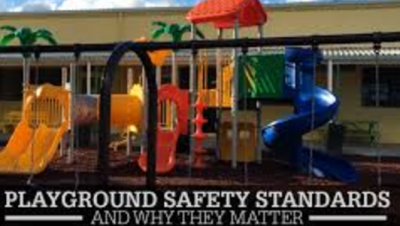
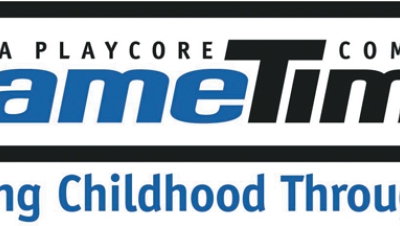






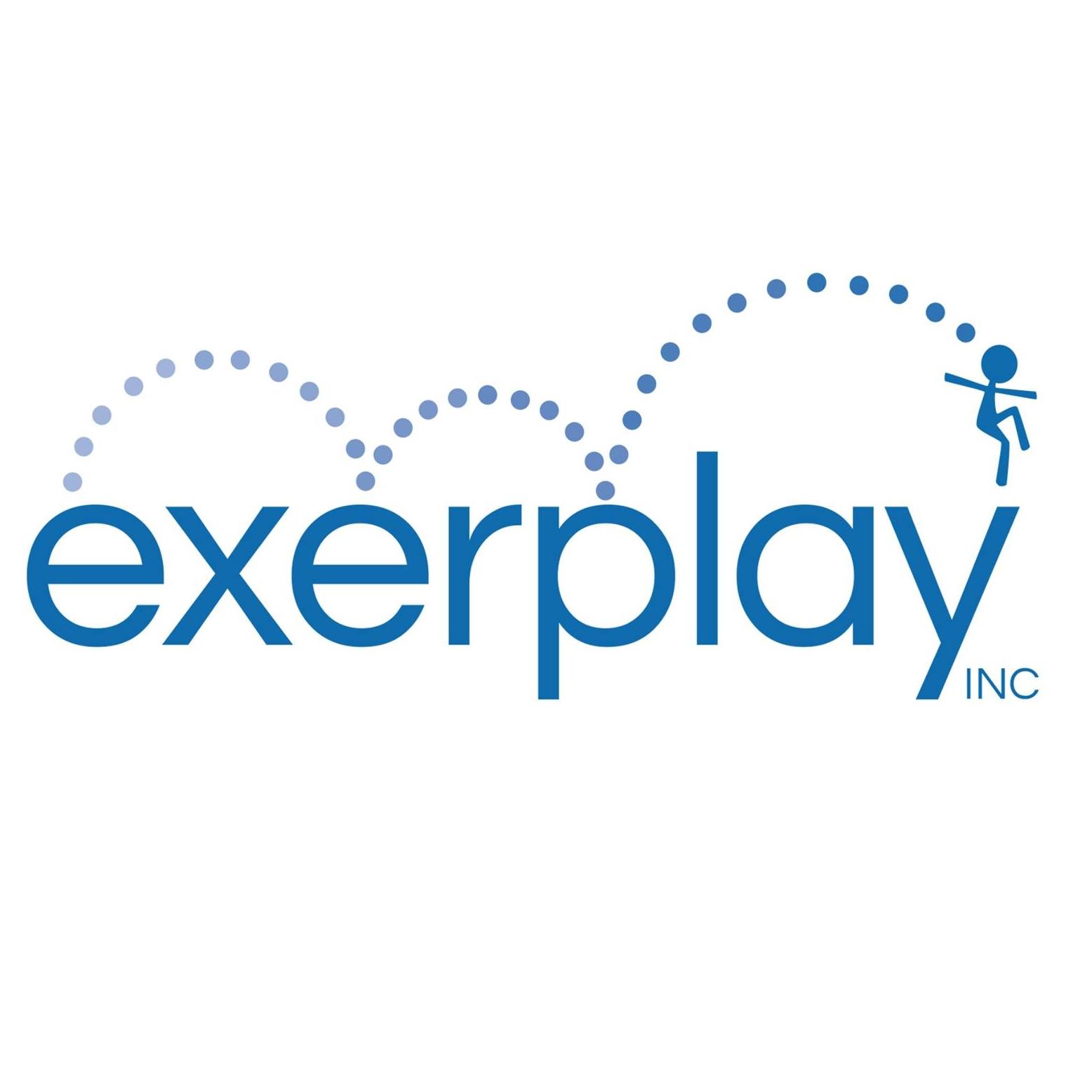

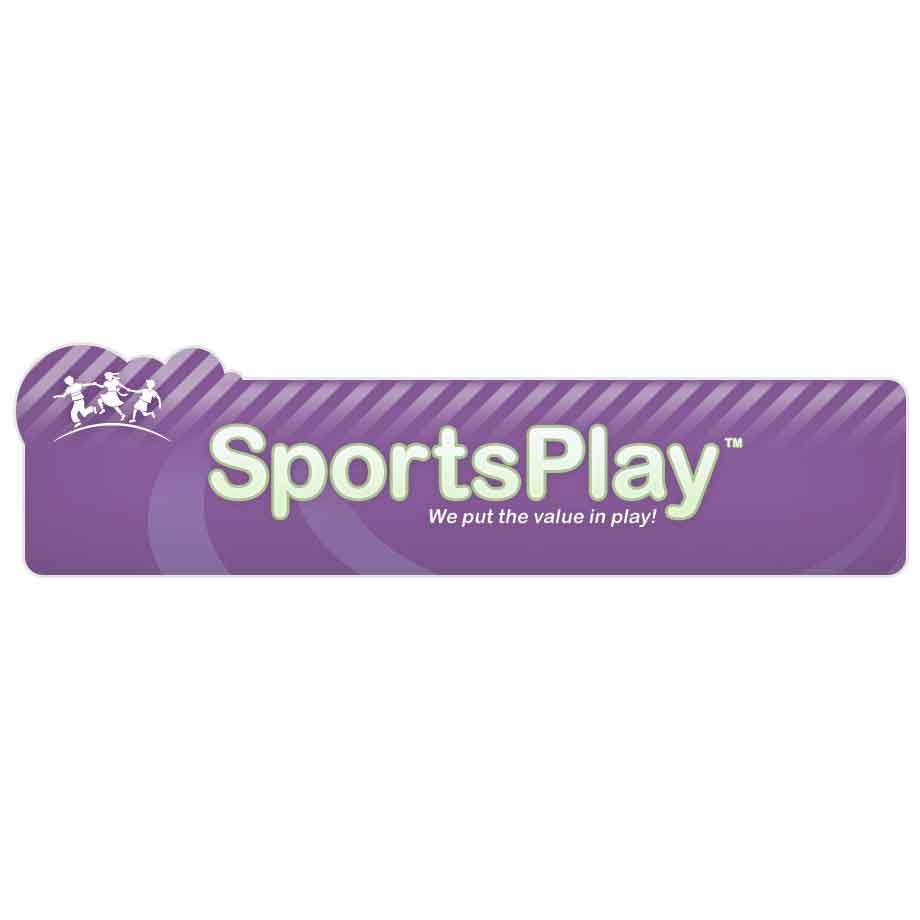
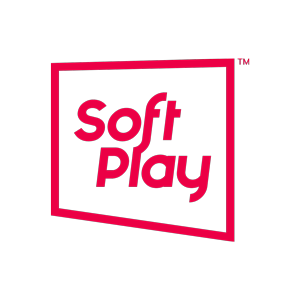



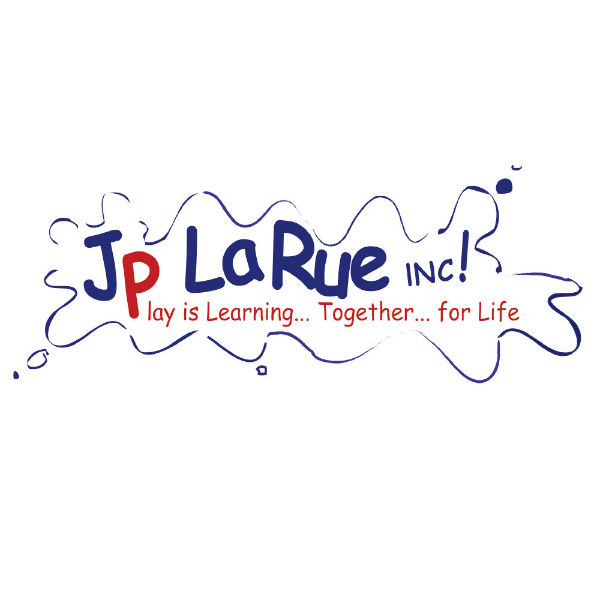
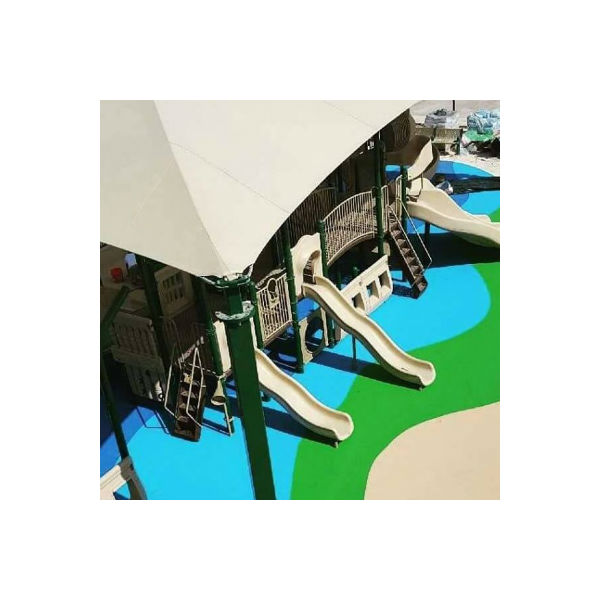
Add new comment